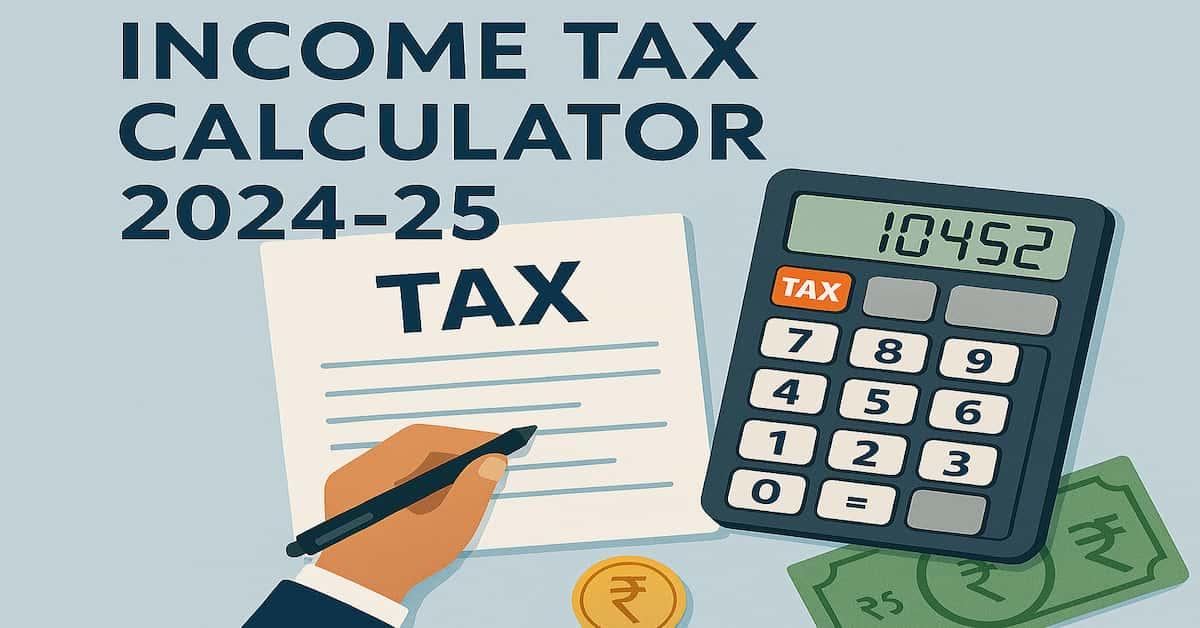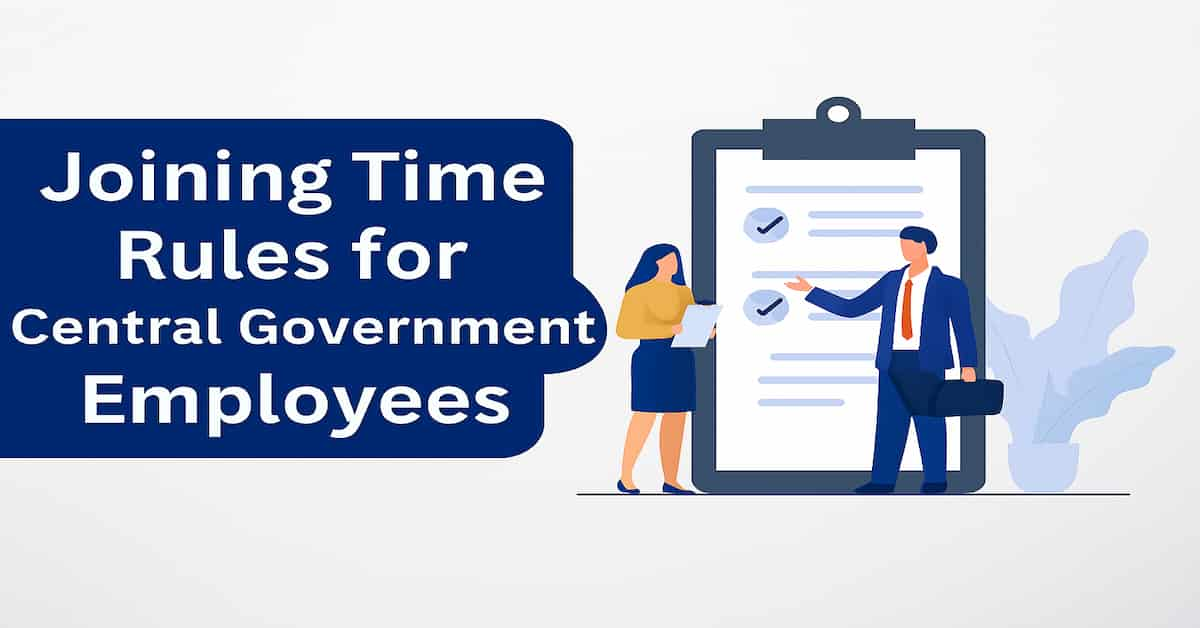7th CPC Salary Calculator is an easy-to-use tool for figuring out the monthly salary of Central Government Employees as per 7th Central Pay Commission (CPC).
To make precise salary calculations based on city classifications, we provide a free and straightforward online calculator. Just choose your Pay Level, Basic Pay, and city class (X, Y, or Z) to calculate your monthly salary using this Latest 7th Pay Commission Salary Calculator. The below calculator is user-friendly and simple to use.
7th CPC Salary Calculator
Gross Salary
As you can see above, the Gross Salary is the total amount that includes Basic Pay, Dearness Allowance (DA), House Rent Allowance (HRA), and Transport Allowance (TA).
Net Salary
The Net Salary, on the other hand, is what a Central Government employee actually gets after subtracting various things from their Gross Salary. These subtractions cover contributions to the National Pension System (NPS), the Central Government Employees Group Insurance Scheme (CGEGIS), Central Government Health Scheme (CGHS), Professional Tax and income tax, if any. So, the Net Salary is what is left after all the necessary deductions are made.
List of X, Y and Z Class Cities for the purpose of HRA
The Central Government of India has classified cities into three categories based on their population for the purpose of House Rent Allowance (HRA) calculation. The classification is known as the X, Y and Z classification and it takes into account the population size of the city. Here is the list of cities in each category:
X Class Cities: Ahmedabad, Bengaluru, Chennai, Delhi, Hyderabad, Kolkata , Mumbai and Pune
Y Class Cities: Vijayawada, Warangal, Greater Visakhapatnam, Guntur, Nellore, Guwahati, Patna, Chandigarh, Durg-Bhilai Nagar, Raipur Rajkot, Jamnagar, Bhavnagar, Vadodara, Surat Faridabad, Gurgaon, Srinagar, Jammu, Jamshedpur, Dhanbad, Ranchi, Bokaro Steel City Belgaum, Hubli-Dharwad, Mangalore, Mysore, Gulbarga, Kozhikode, Kochi, Thiruvananthapuram, Thrissur, Malappuram, Kannur, Kollam Gwalior, Indore, Bhopal, Jabalpur, Ujjain Amravati, Nagpur, Aurangabad, Nashik, Bhiwandi, Solapur, Kolhapur, Vasai-Virar City, Malegaon, Nanded-Waghala, Sangli Cuttack, Bhubaneswar, Raurkela, Puducherry/Pondicherry Amritsar, Jalandhar, Ludhiana, Bikaner, Jaipur, Jodhpur, Kota, Ajmer Salem, Tiruppur, Coimbatore, Tiruchirappalli, Madurai, Erode, Moradabad, Meerut, Ghaziabad, Aligarh, Agra, Bareilly, Lucknow, Kanpur, Allahabad, Gorakhpur, Varanasi, Saharanpur, Noida, Firozabad, Jhansi Dehradun Asansol, Siliguri, Durgapur
Z Class Cities: The remaining cities/towns in various States/UTs which are not covered by classification as “X” or “Y”, are classified as “Z” for the purpose of HRA.
Classification of Cities for TPTA (Transport Allowance
A group of cities known as Higher TPTA (Transport Allowance) Cities has been identified. These cities, numbering 19 in total, are: Ahmedabad, Bengaluru, Chennai, Coimbatore, Delhi, Ghaziabad, Greater Mumbai, Hyderabad, Indore, Jaipur, Kanpur, Kochi, Kolkata, Kozhikode, Lucknow, Nagpur, Patna, Pune, and Surat
Except for the aforementioned 19 cities, a lower transport allowance is provided to government employees in all other cities. In these cities, the transport allowance is less compared to the 19 cities included in the first category.
The TPTA is admissible to Central Government Employees at the following rates-
| Pay Level of the Employees | TPTA in Higher Transport Allowance Cities | TPTA at all other places |
|---|---|---|
| 9 and above | Rs. 7200 + DA thereon | Rs. 3600 + DA thereon |
| 3 to 8 | Rs. 3600 + DA thereon | Rs. 1800 + DA thereon |
| 1 and 2 | Rs. 1350 + DA thereon | Rs. 900 + DA thereon |
Dearness Allowance
Dearness Allowance (DA) is an additional payment made to employees as a cost of living adjustment to compensate for inflation. It is typically expressed as a percentage of basic salary of the employee. The purpose of DA is to help employees maintain their purchasing power and standard of living when the cost of living increases due to inflation.
DA is calculated twice every year – in January and July. DA is fully taxable for salaried employees. As of January 1st, 2025, the present Dearness Allowance (DA) rate for Central Government employees is 55% of the basic pay.
CGEGIS
The Central Government Employees Group Insurance Scheme (CGEGIS) is a savings scheme for the employees of the Central Government of India. The scheme provides insurance coverage to help the families of the employees in case of their untimely death. The scheme is mandatory for all Central Government employees who joined on or after January 1, 2004.
The monthly subscription to the scheme is based on the level of employee in 7th CPC pay matrix . The insurance coverage amount is also based on the pay matrix level. The current rates of deduction are as follows-
| Pay Level | Monthly Deduction |
|---|---|
| 1 to 5 | Rs.30/- |
| 6 to 9 | Rs.60/- |
| 10 to 13 | Rs.120/- |
| Level 14 & above | Rs.200/- |
CGHS
CGHS stands for Central Government Health Scheme. It is a scheme that provides health care services and reimbursement claims to Central Government employees and their dependents. The monthly deduction for CGHS subscription varies based on the pay level of the Central Government employee. The contribution rates were revised as per the 7th Pay Commission and have been in effect since February 1st, 2017 1. Here are the revised monthly contribution rates for CGHS subscription as per the 7th CPC:
| Pay Level | Monthly Contribution |
|---|---|
| 1 to 5 | Rs.250/- |
| 6 | Rs.450/- |
| 7 to 11 | Rs.650/- |
| 12 and above | Rs.1000/- |
NPS
The National Pension System (NPS) is the current pension scheme for central government employees joining service on or after January 1, 2004. The government employee and the government each contribute a fixed percentage of the sum of basic pay and dearness allowance (DA) of the employee towards the pension fund.
The current contribution from employees is 10% of the sum of basic pay and dearness allowance, while the government contributes 14%. The NPS has two tiers: Tier I is mandatory for all Central Government employees covered under the scheme, while Tier II is voluntary. The amount toward NPS contribution is automatically deducted from the salary of employees and deposited into their NPS account.



